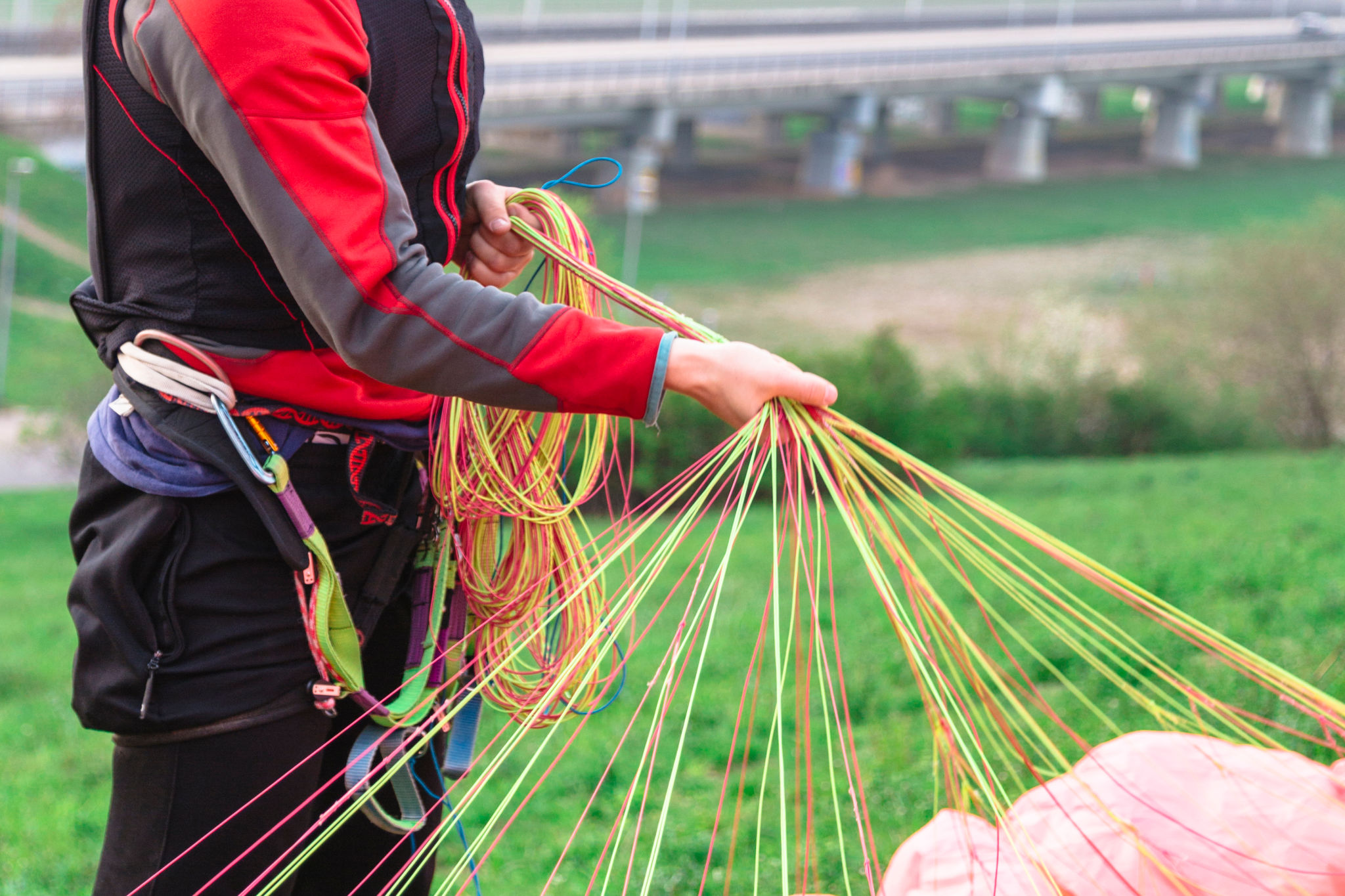Local Paragliding Regulations: What You Need to Know Before Flying
Understanding Local Regulations
When it comes to paragliding, understanding local regulations is crucial for ensuring both safety and legality. Regulations vary significantly from one region to another, often influenced by the area's geography, weather conditions, and legal framework. Before taking off, it's essential for paragliders to familiarize themselves with the specific rules and guidelines applicable to their chosen flying site.
Local authorities often set these regulations to manage airspace and protect both pilots and the public. These rules can include restrictions on where you can launch and land, the height you can reach, and specific weather conditions under which flying is permitted. Non-compliance can lead to fines or legal action, so understanding these regulations is not just advisable—it's necessary.

Getting the Right Permits
In many locations, obtaining the proper permits is a vital step before you can begin paragliding. These permits might be issued by local aviation authorities or specialized paragliding clubs. The process usually involves proving that you have the necessary skills and experience to fly safely.
For some areas, proof of insurance is also a requirement. This is particularly important in regions where paragliding is popular, as it helps cover potential accidents or damages. Make sure you have your documentation ready and verify the specific requirements with local clubs or authorities.

Understanding No-Fly Zones
No-fly zones are designated areas where paragliding is strictly prohibited. These zones are often established for safety reasons, such as proximity to airports, military bases, or densely populated urban areas. It's crucial to be aware of these zones before planning your flight path.
Using GPS devices or apps tailored for paragliders can help ensure you avoid no-fly zones. These tools often provide updated maps and alerts about restricted areas, making it easier to plan a safe and legal flight route.
Weather Considerations
Weather plays a significant role in paragliding regulations. Many regions have specific rules regarding the types of weather conditions under which flying is allowed. Wind speed, temperature, and visibility are all critical factors that can impact your ability to fly safely.
Before taking off, always check the local weather forecast and any advisories issued by local flying clubs or authorities. Adapting to changing conditions is part of being a responsible paraglider, so stay informed and be ready to adjust your plans if necessary.

Safety Guidelines and Best Practices
In addition to legal regulations, there are also best practices established by paragliding communities worldwide. These guidelines are designed to enhance safety and ensure an enjoyable experience for everyone involved. Key practices include conducting thorough pre-flight checks, maintaining clear communication with other pilots, and respecting the natural environment.
Joining a local paragliding club can be an excellent way to learn more about these practices. Clubs often offer training sessions, workshops, and forums where pilots can share experiences and advice.

Conclusion
Understanding and adhering to local paragliding regulations is essential for a safe and enjoyable flight experience. By securing the right permits, respecting no-fly zones, considering weather conditions, and following established safety guidelines, you can minimize risks and focus on the thrill of flight. Always stay informed and make sure to check with local authorities or clubs for any updates on regulations before you take off.
Remember that being well-prepared not only enhances your safety but also helps preserve the privilege of flying in these beautiful areas for future enthusiasts.
